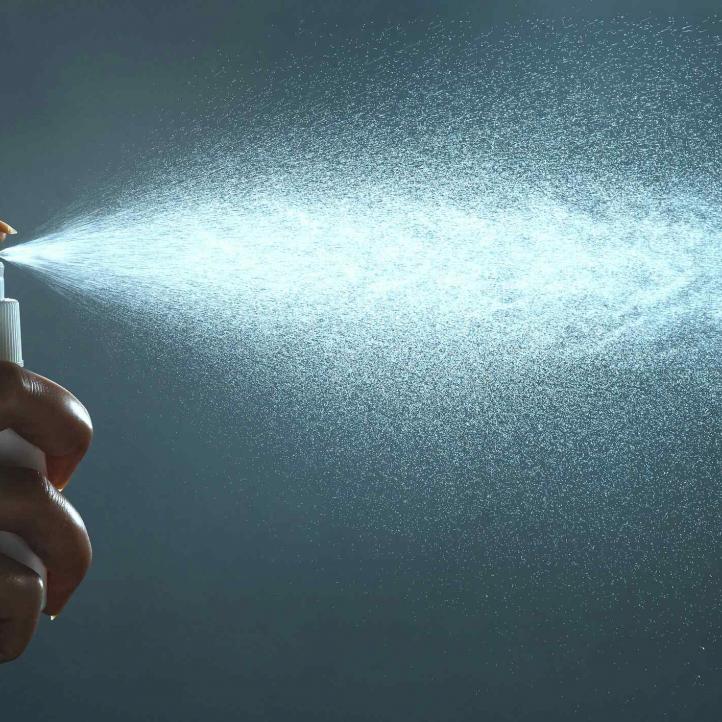Expert Tips
New Technical Agreement for Biocides (TAB) on Efficacy
On April 3rd, a new TAB on Efficacy was published
A new Technical Agreement for Biocides for Efficacy is available this month, providing further guidance on the efficacy testing requirements for biocidal products to be authorised under Main Group 2 (preservatives), in product types (PT) 6-13, excluding PT 8.
The current BPR Efficacy Guidance (Guidance on the Biocidal Products Regulation, Vol. II: Efficacy, parts B+C, V6.0) provides a tiered approach for testing preservatives stating that test conditions must accurately reflect the final use conditions, tier 1: proof of principle in a relevant matrix under relevant basic environmental conditions (e.g. temperature, humidity), tier 2: simulated use under real-life conditions relevant to the anticipated service life (e.g. weathering, UV stability, extended ageing, leaching, cleaning regimes) as well as in some cases, tier 3: in-use evaluation / field studies.
The new Efficacy TAB now specifies that all 3 tiers are not necessarily required. Appropriate tier 2 tests can be submitted, and if valid, tier 1 tests can be waived. For each intended use, tier 2 tests must be carried out in at least one relevant matrix and against all intended target organism groups.
The efficacious dose is thereby always derived from the tier 2 testing regardless of whether tier 1 testing has also been performed. In cases where only tier 3 testing has been performed, additional tier 1 laboratory testing will be required to derive the efficacious dose from the two tiers of results, unless a robust justification is provided as to why basic environmental conditions cannot be replicated in a laboratory for tier 1.
Furthermore, the tier 2 requirements for preventive treatments focussing on simulated ageing of the tested system are explained in more detail.
Potential efficacy-reducing factors to be considered in the simulated ageing are listed for the individual PTs (e.g. UV, leaching, washing cycles) and further information on relevant ageing protocols is provided in the footnotes. The ageing procedure to be applied depends on the final in-use description and relevant use conditions and has to be justified by the applicant in the dossier.
The simulated ageing is required for both the treated matrix (= with biocidal product) and the untreated control (= matrix without biocidal product) under ‘real life conditions’ and therefore, relevant test conditions should be considered to meet the requirements of tier 2. Remember that the untreated control has to demonstrate a minimum of 0.5 log growth of target organism(s) compared with the treated matrix, and relevant testing conditions must apply. After the relevant ageing has been performed, the relevant tier 1 test can then be performed on the aged matrices to generate the required tier 2 data.
Things to note: For curative treatments, and products intended for short-term preservation, ageing tests are generally not considered relevant as long as the covered test period is identical or longer than the claimed preservation period. However, a justification is still needed to support the ageing waiver.
In addition to the relevant ageing procedures, due diligence is required when simulating the in-use conditions of your product in tier 2 tests. Using agar plates for tier 2 testing of solid materials is not appropriate as the agar contains high amounts of available water and unspecified amounts of nutrients, which both strongly support the growth of microorganisms. These conditions do not correctly reflect most of the tier 2 relevant in-use conditions for preservatives where the bioavailability of water and nutrients is often a limiting factor.


